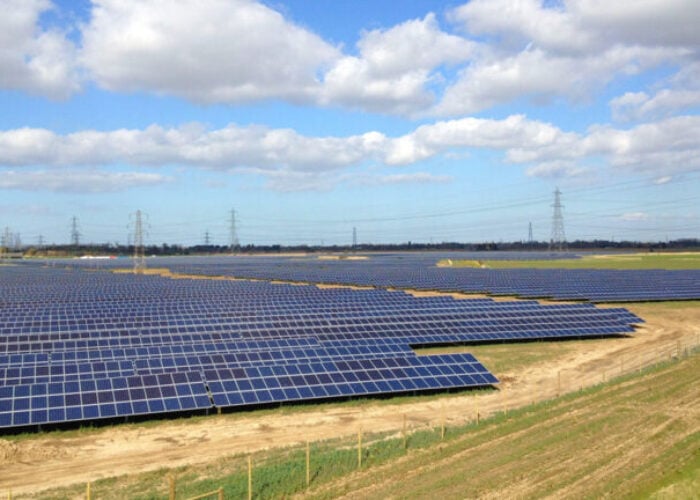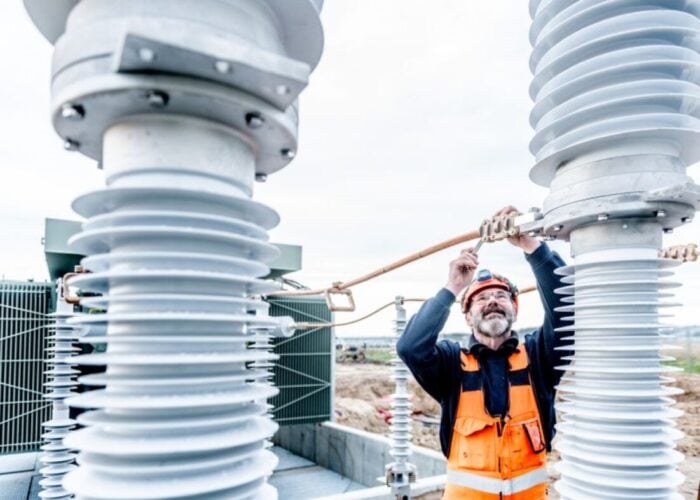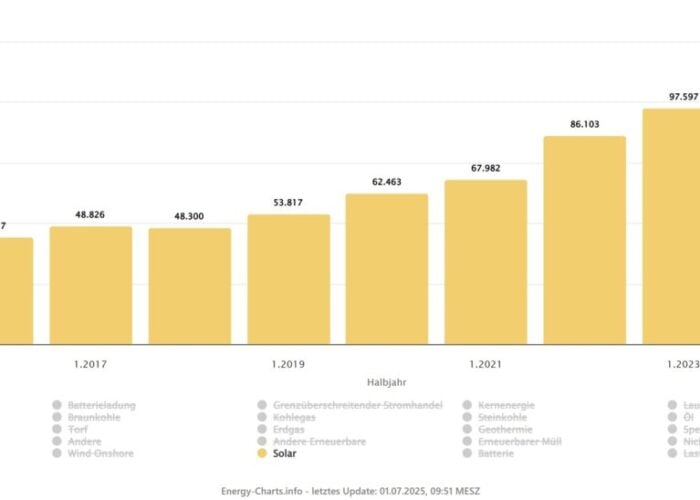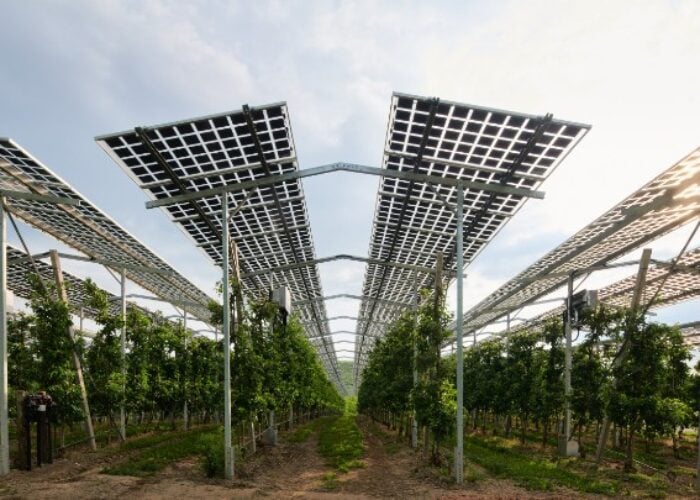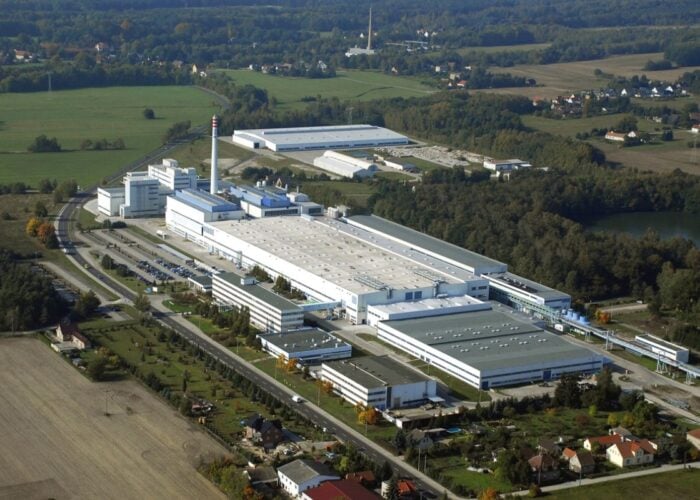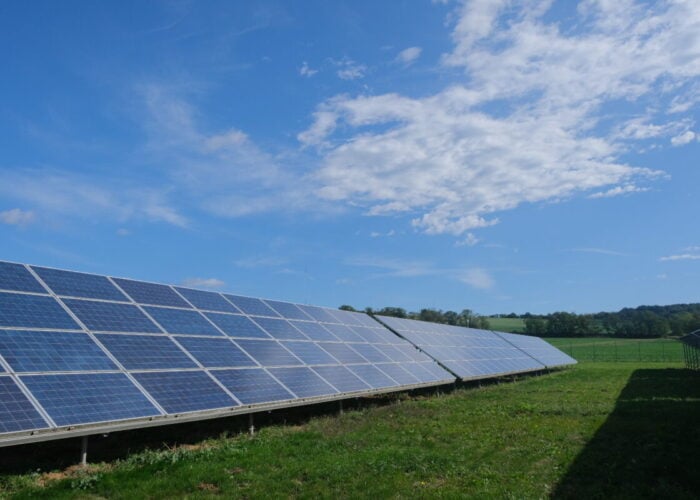
The EU’s Emissions Trading System (ETS) is the flagship carbon cap-and-trade system of its type in the world. Launched in 2005, the scheme sets targets for carbon emissions for EU member states, plus Iceland, Liechtenstein and Norway, and permits companies exceeding these targets to purchase allowances – in effect the right to emit more carbon dioxide – from companies whose emissions fall below the target.
The scheme has had its successes, with the European Commission (EC) noting that, between 2005 and 2023, the ETS contributed to a 47% decline in the EU’s emissions from power plants and the industrial sector. Between 2023 and 2024, additional schemes were added for the construction and transport sectors, as the EC looks to decarbonise the breadth of European industry.
Unlock unlimited access for 12 whole months of distinctive global analysis
Photovoltaics International is now included.
- Regular insight and analysis of the industry’s biggest developments
- In-depth interviews with the industry’s leading figures
- Unlimited digital access to the PV Tech Power journal catalogue
- Unlimited digital access to the Photovoltaics International journal catalogue
- Access to more than 1,000 technical papers
- Discounts on Solar Media’s portfolio of events, in-person and virtual
“By basically taxing carbon-intensive power generation, it leaves the choice of when, where and how to invest in cleaner technologies up to the market,” explains Guy Turner, managing director and head of MSCI Carbon Markets, who spoke to PV Tech Premium about the scheme’s work, agreeing that it functions, in effect, like a subsidy scheme, but one that is driven by the market.
Such an approach could add a level of flexibility and market resilience to the EU renewable power sector, considering that many countries around the world have experienced difficulties in shifting from generous government subsidies for renewable power to markets where clean energy can stand on its own two feet. India’s new coalition government, for instance, is already facing questions over the extent to which it will continue to support its rooftop solar subsidy scheme, and making renewable power investments more attractive through a system like the ETS will only be of benefit to Europe’s energy transition.
Growing renewable energy
“There are two types of emissions markets,” begins Turner, saying an “allowance trading market” would be the best way to describe the European ETS. “It’s been up and running since 2006 and the targets have been coming down gradually.
“A lot of lessons have been learned in trades – it’s [worth] over US$500 billion a year, it covers 1.5 billion tonnes of carbon a year – it’s the flagship emissions trading program in the world, really. It has relatively high prices; €50 (US$52.7), €60, €70, €80 per tonne, those are the kinds of prices that are seen in the market now.”
These prices have fluctuated considerably in the nearly two decades since the first introduction of the ETS, with figures from Quandl and Yahoo Finance showing that the average price has fallen from €26.2 per tonne in April 2008 to a low of €3.2 per tonne in April 2013, and up to a peak of €98.4 per tonne in August 2022. This reflects fluctuations in the power price more broadly – it is no coincidence that the ETS price jumped following the Covid-19 pandemic and the Russian invasion of Ukraine – and demonstrates the flexibility of this approach, over a simpler subsidy scheme.
“Renewable energy inside Europe benefits from the cap-and-trade scheme because the price of generating power from coal or gas increases, because they have to pay the price of carbon, as well as the cost of generation, so it creates a price differential between zero-carbon sources of power – wind [and] solar – and coal and gas,” adds Turner, highlighting how making a renewable project more financially viable will no doubt encourage investment in the technology. “It encourages more investment in wind and solar.”
“[Interest in the cap-and-trade system] should increase, particularly if they pass the rules to allow those types of credits [pertaining to carbon capture and storage] to be used,” he continues. “The governments aren’t prescribing a certain amount of money to be allocated to wind, or allocated to solar, the market will decide that, which is an efficient way of doing that.”
Investment decisions and regional variation
Perhaps unsurprisingly, Turner suggests that while most companies are making investment decisions based on the presence of the ETS, but that “the site or the offtake contract” still has a significant impact on such decisions.
“I think most power generators are factoring in, to their investment decisions, projections of carbon prices going out ten, 20 years,” says Turner. “When I worked in the renewables industry, for EDF Renewables, that’s certainly what we did.
“You have to make forecasts of power prices, in order to make an investment decision on a solar project, and those power prices include the carbon component because the price of power in Europe is set by, mostly, gas, plus the price of carbon, and you can forecast that going forwards, and that’s the price that you will get generating power from your solar plant.”
This is particularly significant considering the variation in European power prices, which have made investment decisions in the industry reasonably complex. Earlier this year, directors from JLL pointed to record low power prices in Spain in April, and Germany registered 78 negative power prices in May alone, as examples of turbulent power prices in countries with sophisticated renewable power sectors.
“Europe is a group of 27 countries – it was 28 countries – and they do have different energy mixes and different histories and different wealths, and those have been very material in the negotiations in Brussels and in Strasbourg to come up with the rules and the scheme design,” explains Turner, suggesting that the variation in Europe’s various renewable energy markets has been a consideration for the design of the ETS.
“One of the trade-offs that was made during the negotiations was the distribution of the revenues; in order to distribute the allowances in the ETS, the governments auction the allowances off, and get a huge amount of money. That revenue that is created is disproportionately allocated to the countries in the eastern side of Europe, because they’re more dependent on coal.”
“The other thing that the EU has done is that because there was a surplus of credits, which meant the price was very low, they put in place what’s called an MSR – the market stability reserve – and that is a mechanism which they use to take excess carbon credits from carbon allowances out of the system, if the prices are too low, and they can feed them back in if the prices can get too high,” Turner adds, highlighting some of the sophisticated responses to market fluctuations built into the ETS. “[It’s designed to] maintain a price range that is acceptable, and also make companies invest in clean technologies.
Europe versus the US
This continent-spanning, highly tailored system differs considerably to the situation in the US, where Turner says the weaknesses of the federal government, and a general distaste for additional taxation, means there is not a system that operates on the scale of the ETS in the US.
“The US hasn’t gone down that road,” says Turner. “They tried; in about 2010 there was a bill that was going to be passed in the Senate called the Waxman-Markey Bill, which would have introduced a federal cap-and-trade scheme; that didn’t pass.”
“The US is a different political structure, a different culture – as you’ve seen with the Trump presidency – and the federal government isn’t as powerful as the EU, the EC and the European Parliament. It’s very hard to get states to agree, in a federal system, to something like that.”
However, Turner notes that there are smaller cap-and-trade systems in operation in North America that provide similar services to the ETS on a regional level. These include the California Cap-and-Trade Program, which aims to reduce greenhouse gas emissions from 1990 levels by 40% by 2030, and has generated revenue of US$26.9 billion since it came into effect in 2012.
Prices are much lower than in the ETS, with an average carbon price of US$18.8 per tonne, compared to US$32.6 per tonne across the history of the ETS, but considering California’s dominance of the US renewable power space in general, and solar in particular, this is a significant piece of legislation.
“On top of that, if you’re looking at clean energy incentives, the Inflation Reduction Act (IRA) under Biden was the largest and most important scheme that the federal government introduced,” adds Turner. “That was a subsidy scheme, rather than a tax; Americans are very anti-tax, they don’t like taxes, so they prefer giving money and providing incentives.”
Turner will be present at Solar Media’s Solar Finance & Investment Europe event, to be held in London on 4 – 5 February 2025. Our readers have access to 20% off on tickets by adding “PVTPREM20” at checkout.
This event annually attracts infrastructure funds, institutional investors, asset managers, banks and development platforms at the forefront of European renewables; the vast majority of which are responsible for billions in active and prospective investments in the Europe’s energy transition. For more details, visit the website.

